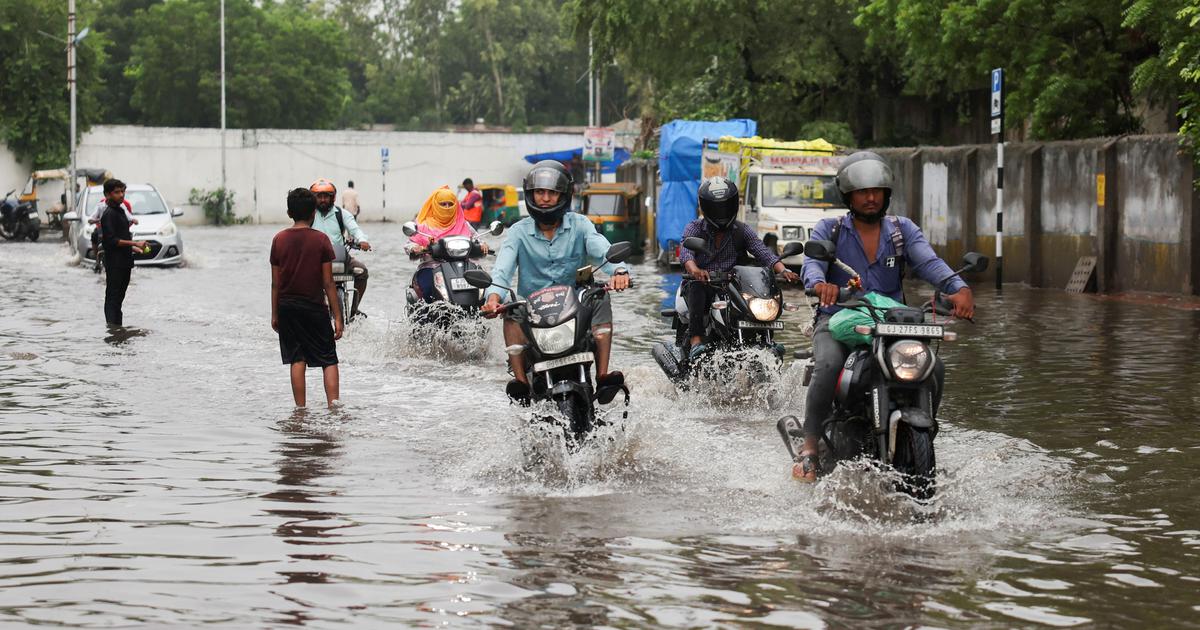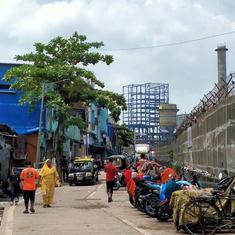Indian cities may create 70% of new jobs by 2030, likely to lose $5 billion to floods yearly: Study
Without adaptation measures, the losses could reach between $14 billion and $30 billion by 2070, according to a report by the World Bank and Union government.

Indian cities are expected to create more than 70% of new jobs by 2030, but risk losing $5 billion annually from urban flooding, according to a new study by the World Bank and the Union Ministry of Housing and Urban Affairs released on Tuesday.
A report based on the study pointed out that the urban population is expected to nearly double to 951 million by 2050.
It said that against the backdrop of the rapid growth, climate change and the patterns of urbanisation were putting cities at increasing risk of flooding, caused by intense rainfall and extreme heat.
Without adaptation measures, losses due to urban floods could reach between $14 billion and $30 billion by 2070, it added.
The report also highlighted the growing threat of pluvial flooding, or flash flooding, in Indian cities. The risk of such events is expected to increase by 3.6 times to 7 times by 2070.
“The increasingly uncertain and intense rainfall associated with climate change and more erratic monsoons together with increases in areas of impervious surfaces associated with urban expansion is creating frequent flooding, resulting in damage and service disruptions,” the report stated.
The population of those exposed to a once-in-100-year flood could increase four times from 11.1 million in 2023 to 46.4 million by 2070, it added.
The report also flagged rising heat stress in Indian cities, warning that heat-related deaths could double to more than three lakh each year by 2050. Shifting working hours to early morning and late afternoon, urban greening, early warning systems and cool roofs can save more than 1.3 lakh lives, it said.
It pointed out that exposure to dangerously hot conditions in 10 cities – Pune, Hyderabad, Surat, Lucknow, Varanasi, Ahmedabad, Chennai, Mumbai, New Delhi and Kolkata – has increased by 71%.
The report said Indian cities need timely climate resilience measures, including risk assessments, planning and investing in resilient infrastructure and services and disaster preparedness with a particular focus on disaster-prone areas and vulnerable populations.
However, it said that the cost of building resilient, low-carbon urban development is “well beyond current municipal spending and greatly exceeds current financing capacity”.
“Under a conservative urbanisation scenario of reaching 43% urbanisation by 2050 and 52% by 2070, the total estimated investment needs of developing new urban infrastructure and services that incorporate climate-resilient, low-carbon approaches are projected to be $2.4 trillion by 2050 and $10.9 trillion by 2070,” said the report.
Several municipal governments will benefit from improving their ability to conduct detailed risk assessment, risk-sensitive land use planning and improving fiscal and fiduciary capacity to execute resilient capital investment projects, it pointed out.
Also read:









